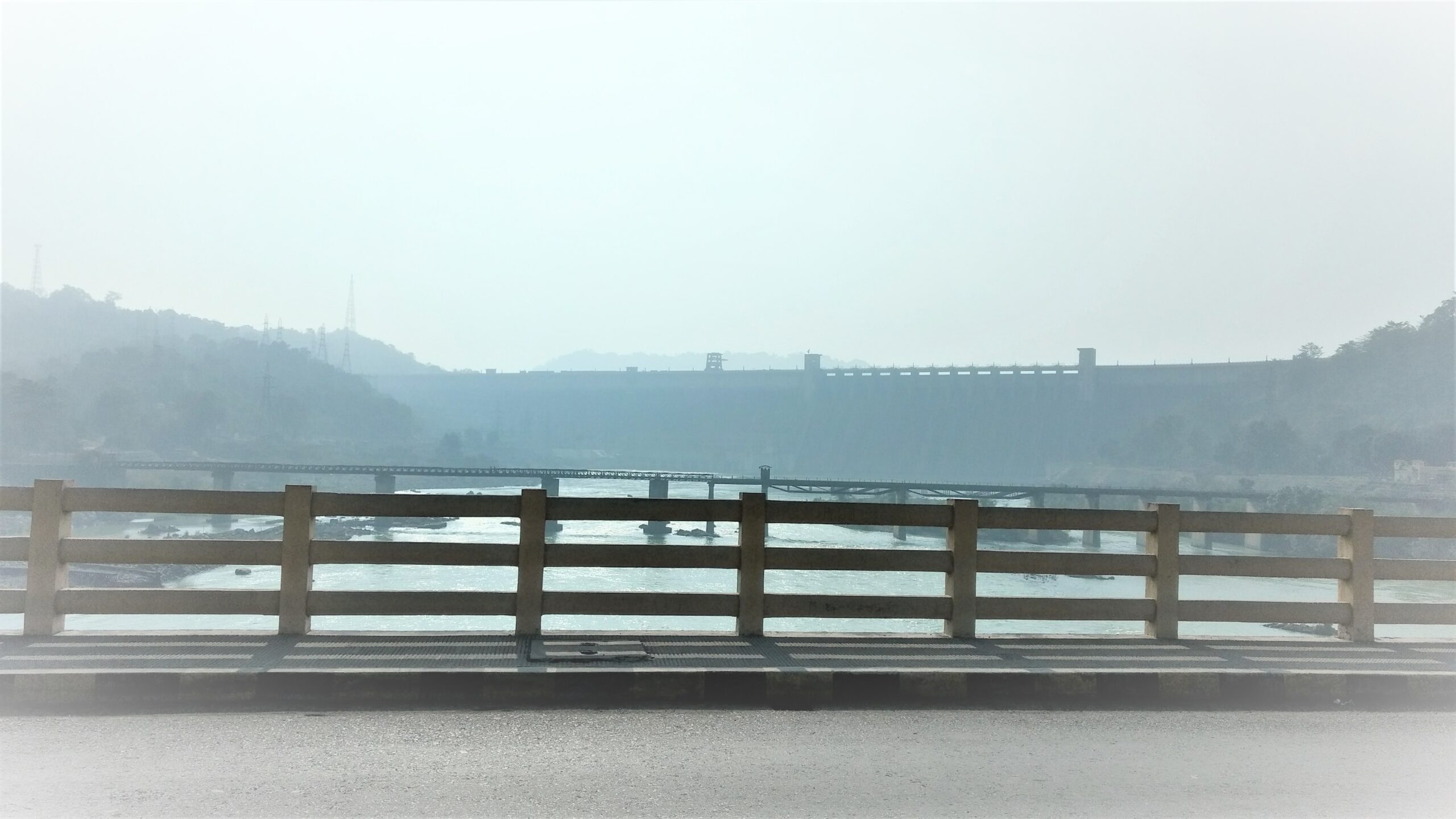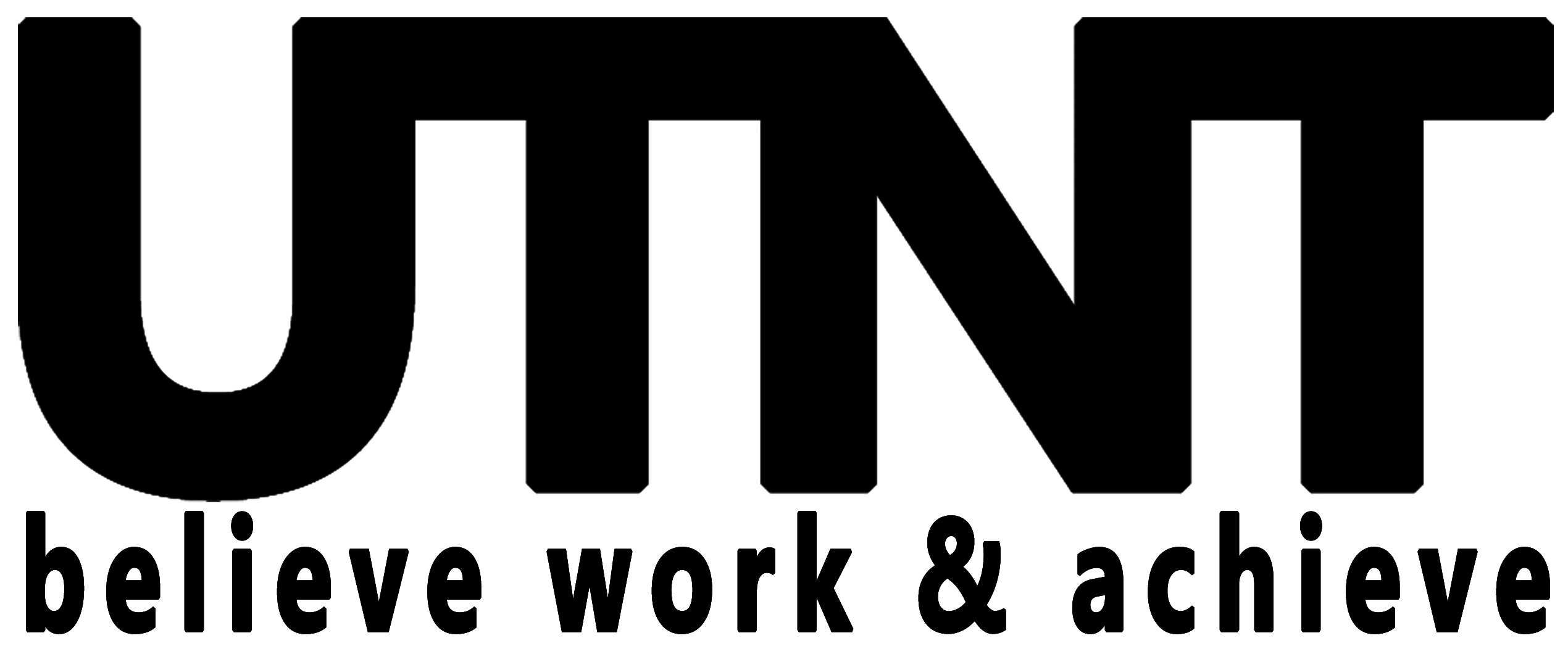Structural Health Monitoring
Structural health monitoring ensures the safety and longevity of aged or new structures like bridges, railway tracks, tunnels, or buildings. By providing real-time data, it allows engineers and maintenance staff to be pre-informed about potential issues. This proactive approach optimizes recurring maintenance costs while prioritizing safety.
Aged or new structures like bridges, railway tracks, tunnels, or buildings, monitoring makes engineers and maintenance staff pre-informed for optimizing the recurring maintenance cost and keeping safety on priority.
As a comprehensive variety, UTNT offers a huge range of high-end to low-cost IOT solutions to keep the eyes intact on your structures and maintain them when an alarm/ alert reaches the threshold setup by the user.
Products engineered and manufactured by RST Instruments, Measurand and Monnit Corporation are widely used of variety of such applications.

Structural Health Monitoring with UTNT
Structures face wear and tear due to ageing, environmental conditions, and usage. Monitoring these structures is essential to detect vulnerabilities, prevent failures, and ensure safety. Structural health monitoring delivers timely insights, enabling cost-efficient maintenance and extending the lifespan of critical infrastructure.
Key Parameters Tracked
- Stress and Strain:
- Monitors load-bearing capacities and material stress levels.
- Crack Detection:
- Identifies and tracks the growth of cracks in concrete, steel, or composite materials.
- Vibrations and Dynamics:
- Measures vibrations caused by vehicles, wind, or seismic activity to detect anomalies.
- Displacement and Settlement:
- Tracks movement or settlement in foundations, beams, and other structural components.
- Environmental Conditions:
- Monitors temperature, humidity, and corrosion-inducing factors affecting materials.
- Fatigue and Wear:
- Detects long-term material fatigue due to repeated stress cycles.
- Foundation Stability:
- Assesses soil pressure and underground shifts for structural stability.
Key Features
- Real-Time Monitoring:
- Provides continuous data to detect changes in structural performance.
- Automated Alerts:
- Sends notifications when parameters exceed safe thresholds.
- Integrated Sensor Systems:
- Combines accelerometers, strain gauges, and displacement sensors for comprehensive tracking.
- Remote Monitoring:
- Enables data access and control via cloud-based platforms from anywhere.
- Predictive Maintenance:
- Uses historical data and algorithms to forecast maintenance needs.
- Customisable Solutions:
- Tailors systems for specific structures and their unique challenges.
- Historical Data Analysis:
- Archives data for performance trends and informed decision-making.
- Durability in Extreme Conditions:
- Designed to operate reliably in harsh weather and high-stress environments.
Benefits
- Enhanced Safety:
- Identifies risks early to prevent accidents and ensure public safety.
- Cost Optimization:
- Reduces recurring maintenance costs through proactive monitoring and timely intervention.
- Extended Structure Lifespan:
- Helps maintain structural integrity, delaying the need for costly replacements.
- Efficient Resource Allocation:
- Focuses maintenance efforts on areas requiring immediate attention.
- Regulatory Compliance:
- Ensures adherence to safety and maintenance standards.
- Improved Disaster Preparedness:
- Detects vulnerabilities that could escalate during natural disasters like earthquakes or storms.
- Environmental Sustainability:
- Minimizes waste by maximizing the usage of existing infrastructure.
- Data-Driven Decisions:
- Provides engineers and stakeholders with actionable insights for optimized management.
